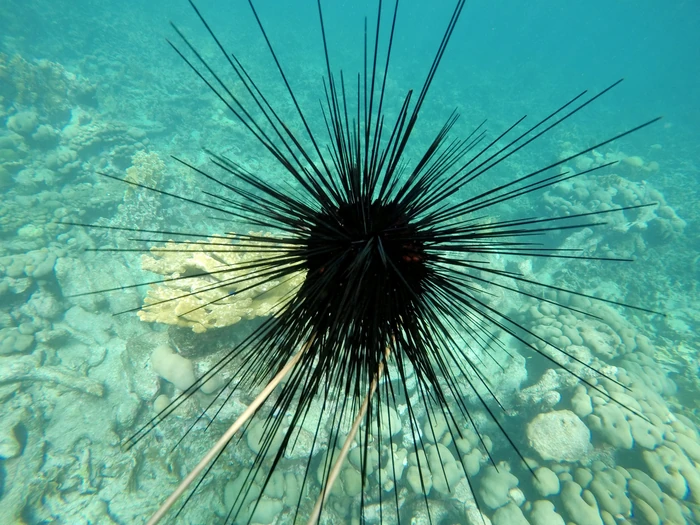The durian, also called a durian, is a tropical fruit that resembles a sea urchin. This unique fruit is primarily found in Asian countries. Because of its size, weight, and large volume of edible flesh, it has been dubbed the “king of fruits.” The fruit is delicious when eaten fresh, but it can also be used to make various desserts.
Guanabana
Guanabana is a round, green fruit with a spiky skin. Its taste is similar to strawberries and apples, and some doctors say it can help you fight cancer. Its fruity juice is great for smoothies. Guanabana fruit is also known as guanabano in Hispanic countries, and sirsak in Indonesia.
Rambutan
Rambutan is an exotic fruit that can be found in Southeast Asia. Its red, fleshy fruit looks like a miniature sea urchin. It has a sweet, floral flavor and is edible. Rambutans are actually the fruit of a plant known as Monstera deliciosa, which grows in tropical rainforests in southern Mexico and the Philippines. Its sweet flesh is similar to lychee. There are several varieties of rambutans, each with different characteristics.
The rambutan is edible, but you should avoid eating the seed. It has a papery coating. The rambutan’s flesh is soft and juicy and contains a flavor similar to lychee and pear. There may be a hint of bitterness when consuming the flesh. The rambutan’s outer shell contains fibers and is similar in texture to a chestnut.
Rambutan grows up to 50 feet (15 metres) tall. Its stem is about two feet wide, and its leaves are three to 12 inches long. It is both male and female, and can be grown from seed or by taking cuttings. If you are growing the fruit for consumption, you should pick it when the flesh is ripe. During peak bloom, female panicles can have 100 flowers open. However, the fruit does not mature until around 15 or 18 weeks after flowering.
The rambutan fruit is a tropical fruit related to the lychee fruit. Its flavor is sweet with a hint of tartness. It is a delicious snack that is popular in Southeast Asia. It is also becoming more popular in countries like Australia and Central America.
Pitaya cactus
The Pitaya cactus looks similar to sea urchins, and has many similar features. It has a dense spine pattern and a green body with prominent tuberculate ribs. The plant produces bright pink flowers and is found in rocky areas. The flowers have a green stigma and are edible.
The genus includes 16 species of columnar cacti native to the Andes. Most are covered with decorative white hair, but a few produce dense grey or brown hairs on their cephalium. The stems and leaves may be solitary, or they may clump. Occasionally, they produce fruits and are edible.
Pitayas can be propagated by hand. To propagate the plant, you will need to take stem cuttings that are 10 to 18 inches long. You should use sterilized pruning pruners to cut the stems. Make sure the pruning is done when the pitaya has a well-developed canopy. Usually, this is after the plant is two years old.
Pitayas grow well in containers and hanging baskets. Their strong aerial roots and leaves make them perfect for container gardening. A pitaya can live anywhere from 30 to 50 years with proper care. As a climber, pitayas require a good support system for their heavy dragon fruits and foliage.
Unlike other cacti, pitaya is edible. Its pulp contains numerous seeds that are very sweet and high in antioxidants. These fruits are delicious to eat raw or cooked and are an excellent source of magnesium and vitamin C.
Pitayas come in a variety of colours and are very sweet. They are reminiscent of sea urchins in their appearance. In addition to being edible, pitayas make a tasty drink and even a dessert. The fruit’s taste is similar to a strawberry or muscat grape.
Mamon Chino
Despite its name, mamon chino is a fruit, not a sea creature. This delicious fruit is edible and tastes like a combination of grapes and pear. While the fruit itself is very sweet, it contains a large seed in the center. While eating this tasty fruit, you should keep your mouth around the seed to avoid the pit. It is one of the most addictive fruits on the planet, and it is sold on nearly every corner in Costa Rica, particularly during July and October. In Malaysia and Indonesia, this fruit is known as rambutan.
Mamon Chino looks like a red sea urchin, but it isn’t actually a sea urchin. In fact, it’s related to the lychee, which is another fruit you can find in Costa Rica. Mamon Chino is a fruit with a sweet and sour taste, and is sometimes served with other fruits.
It contains six-six percent of your daily Vitamin C requirement! Is this claim true? While no one has ever ate a full kilo, it does contain enough nutrients to benefit your health. It’s also high in copper, which supports healthy skin and bones.
Jacote
The fruit of the sea urchin Jacote is known by several names. This sea urchin looks just like a sea urchin, with dozens of tiny white seeds in its center. The seeds are edible, but only if you chew hard enough. This fruit is available in many markets in the United States, and is very popular in Costa Rica. The taste of the fruit is sour and similar to that of a lemon. Its juice is popular at Costa Rican restaurants.
It is widely distributed throughout the ocean, with populations ranging from the Atlantic to the Pacific. It can live in water up to 100 meters deep, and is characterized by short, densely packed spines. Generally, this sea urchin measures 9 centimeters across. Unlike other sea urchins, it is covered in hair-like spines and burrows itself in sandy bottoms.
Sea urchins are a threat to the health of kelp forests. When sea otter populations fall, sea urchin populations can become overcrowded, destroying entire kelp forests. Healthy ecosystems depend on a healthy balance of predator and prey populations.
The fruit of the sea urchin is edible and comes in different colors and sizes. It can be green or red, and even oblong and plum-like. When unripe, it has a waxy appearance and is quite tart and semi-sweet. The skin is edible, and the flesh is edible.


Hi, this is a comment.
To get started with moderating, editing, and deleting comments, please visit the Comments screen in the dashboard.
Commenter avatars come from Gravatar.